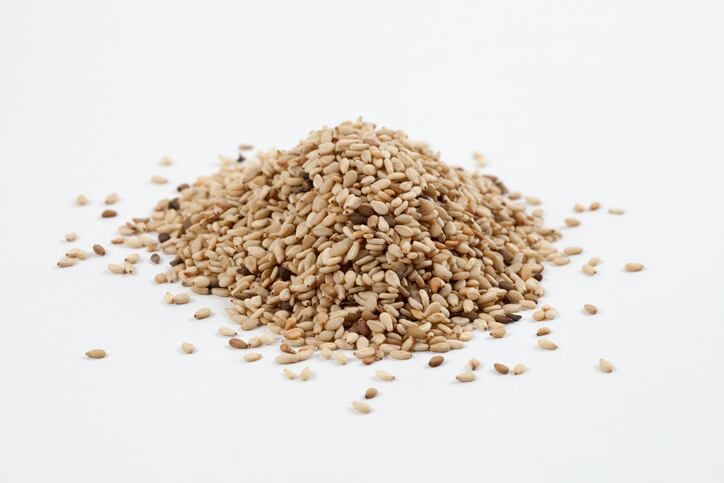Beginning Jan. 1 and following the passage of the Food Allergy Safety, Treatment, Education and Research (FASTER) Act, food companies are required to label sesame as a major allergen. And while some companies have taken steps to avoid accidental cross-contact, such as thoroughly cleaning machinery between different product runs, others have intentionally added sesame to products so that they can truthfully declare it on ingredient lists rather than try to keep products away from other foods or equipment with the allergen.
The FDA acknowledged this unexpected practice in a Constituent Update flagging today’s release of the draft CPG, and notes “that this practice may make it more difficult for sesame-allergic consumers to find foods that are safe for them to consume.”
And while the agency says it does not support this practice, the CPG does not prohibit it, as advocated for by the Centers for Science in the Public Interest in a regulatory petition filed Jan. 30.
“The practice of adding major allergens as a response to food safety rules is shocking, unprecedented in scope, and has the potential to undermine long-established protections for Americans with food allergies,” CSPI notes in the petition.
It argues the practices is “illegal, violating both the letter and intent of FDA’s food safety rules, because it takes an existing hazard identified by the company (an allergen cross-contact risk) and further elevates the risk to consumers by increasing potential exposure to food the food allergen.”
As such, the advocacy group asked FDA to clarify in guidance that while cross-contact risks can be declared voluntarily in ‘may contains’ advisory statements, they cannot be declared in the ingredient list or ‘contains’ statement, “as these are reserved for declaring actual ingredients.”
FDA complied partially with CSPI’s request – emphasizing in the draft CPG that “allergen advisory statements are not a substitute for adherence to current good manufacturing practices, and when used by a facility, food allergen controls.”
It adds, “any allergen advisory statement must be truthful and not misleading.”
In other words, firms cannot declare allergens unless they are intentionally added – even to be on the safe side.
FDA’s clarification in the proposed draft guidance likely will not satisfy allergen and public health advocates as this is the crux of some companies’ decision to intentionally add sesame to their products so that they can declare it and avoid other, potentially more expensive, cross-contamination control practices.
The draft CPG also outlines requirements for minimizing cross contact, noting failure to adequately clean machinery and keep ingredients separate could equal adulteration, and directs FDA inspectors to look for cross-contact and labeling violations.
While some may see the draft guidance as falling short, FDA added in the Constituent Update that it continues to work with stakeholders to address the practice of intentionally adding and declaring sesame in products to avoid labeling and cross-contact control violations.
The agency also is accepting comments for consideration in the final version of the guidance through the next 60 days.




